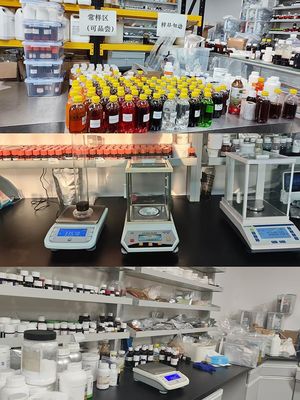All Products
Natural Saffron Seed Extract Crocin and Safranal Active Ingredient
| Place of Origin | China |
|---|---|
| Brand Name | KOMESZ |
| Certification | HALAL |
| Document | Product Brochure PDF |
| Minimum Order Quantity | 25 kg |
| Price | Negotiable |
| Packaging Details | 25kg/bag or drum |
| Delivery Time | 2 weeks |
| Payment Terms | T/T, L/C |
| Supply Ability | 100 tons per month |

Contact me for free samples and coupons.
WhatsApp:0086 18588475571
Wechat: 0086 18588475571
Skype: sales10@aixton.com
If you have any concern, we provide 24-hour online help.
xProduct Details
| Highlight | Crocin Saffron Seed Extract,Safranal Saffron Seed Extract,Natural Saffron Seed Extract |
||
|---|---|---|---|
Product Description
Basic Info.
Model NO.
SNT-161267
State
Powder
Type
Herbal Extract
Extraction Type
Solvent Extraction
Samples
5-30g Is Free
Part
Stem
Appearance
Fine Powder
Place of Origin
Shanghai China (Mainland)
Model Number
Botanical Extract
Form
Powder
Product Name
Safflower Powder
Spec
4:1, 10:1, 20:1, 0.08% HPLC
Storage Method
Normal
Extraction Process
Physical
Raw Material
Plants
Packaging Material
Drum
Transport Package
Drum
Specification
SGS, GMP
Trademark
KOMESZ
Origin
Shanghai China
HS Code
2932999099
Production Capacity
50 Tons / Year
Product Description
Product Description
Basic Information
Product Name:Saffron Extract
Plant Resource:Crocus sativus L.
Product Specification:4:1,10:1, 20:1,0.08% HPLC
Active Ingredient:Crocin and Safranal
Appearance:Yellowish brown powder
Part Used:Flower
Extract Solution:Water/Grain alcohol
CAS#:116-26-7 2
introduction
Saffron is arguably the most expensive herb in the world, due to amount of time and energy it takes to harvest. The term saffron actually refers to the dried stigmas and top of the saffron crocus, a type of flower similar to safflower. In China, saffron grows predominantly in the Henan, Hebei, Zhejiang, Sichuan and Yunnan provinces. The stigmas are picked by hand and dried. It takes approximately 75, 000 saffron flowers to produce one pound of saffron stigma. In many cultures, saffron is used as a spice and for culinary purposes; however, it has many medicinal uses as well. In traditional Chinese medicine, saffron has a sweet taste and cold properties, and is associated with the Heart and Liver meridians. Its main functions are to invigorate the blood, remove stagnation, clear the meridians and release toxins. It is typically used to treat conditions such as high fevers and related conditions that may be caused by pathogenic heat, and to help break up blood clots. There is also anecdotal evidence that saffron can inhibit the growth of some types of cancer cells. Small amounts of saffron can increase the incidence of contractions in pregnant women.
Recommended Products












